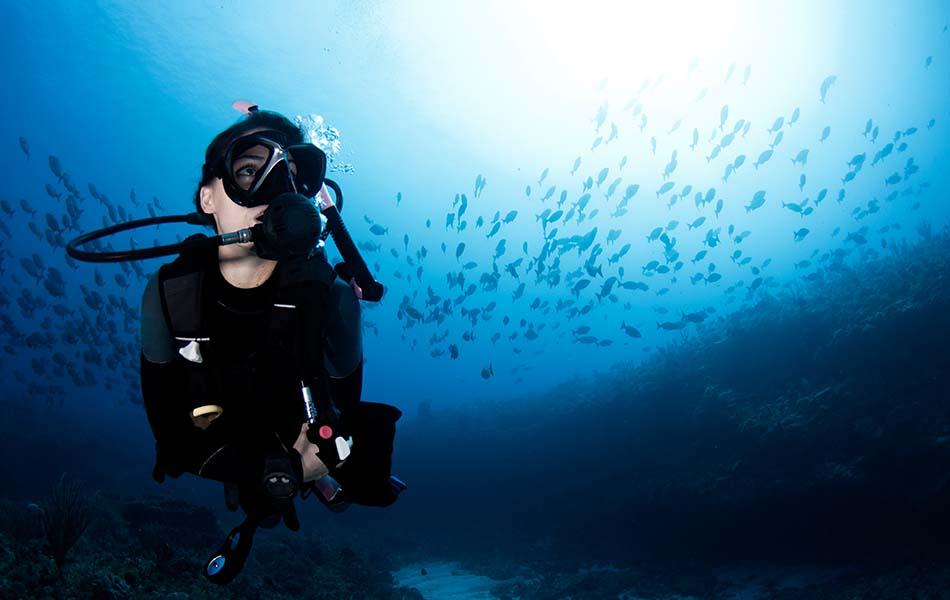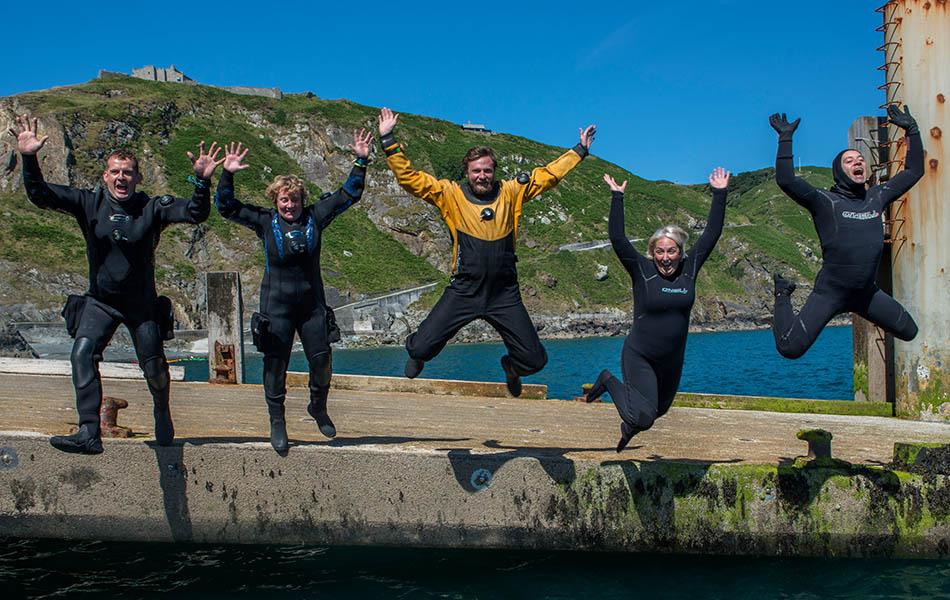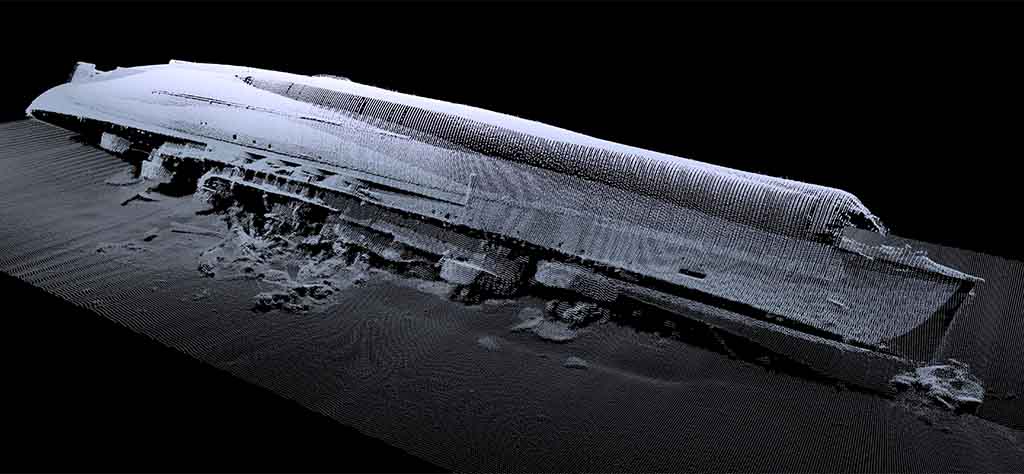
A volunteer dive team has been granted permission to extensively survey the wrecksite and wargrave of HMS Royal Oak in Scapa Flow, Orkney.
Exciting new 3D photogrammetry techniques means they can produce 3D models of the wreck, which non-divers will be able to explore. Extensive stills photography and videography will document the artefacts, but further aims to capture and share the spirit of this unique place.
About the HMS Royal Oak
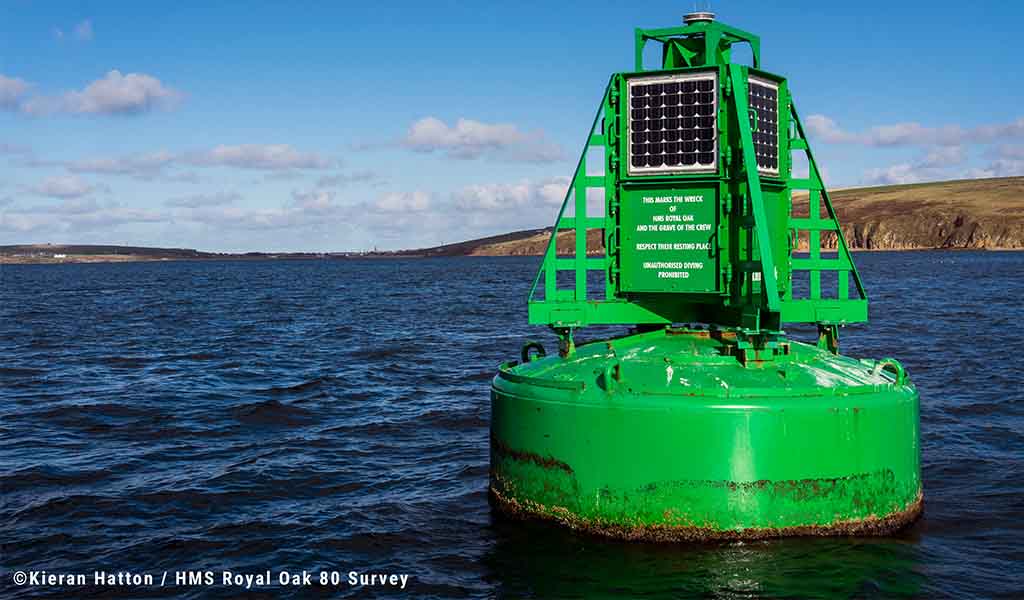
To the north ships were spotted lying in Scapa Bay. One of these was the Revenge class battleship HMS ROYAL OAK.
How the HMS Royal Oak sank
Seven torpedoes were fired. Of the first salvo only one hit, striking the bow at 01:04am. Muffled explosions woke the sailors on-board but there was confusion as to the cause. Not for an instant did they believe they were under attack in the safety of the home anchorage. Mindful of the explosion that had destroyed HMS VANGUARD in 1917 a check was made of the magazine temperatures. However, many sailors returned to their hammocks, unaware U-47 was repositioning for her next strike.Whilst repositioning, Prien attempted a shot via the stern tube which missed. After re-loading his bow tubes the U-47 once again turned towards HMS ROYAL OAK and fired a further salvo of three torpedoes. All three found their target.
Explosions blew three additional large holes in the starboard side of the ship. The aft two opening up fuel bunkers and spilling oil into the sea. Taking on water, the ship listed to starboard. Some crew who had made it on deck escaped into the water, others climbed over the port side to a waiting drifter, Daisy II. Some made it aboard one of the two steam pinnaces and both boats escaped the sinking ship.
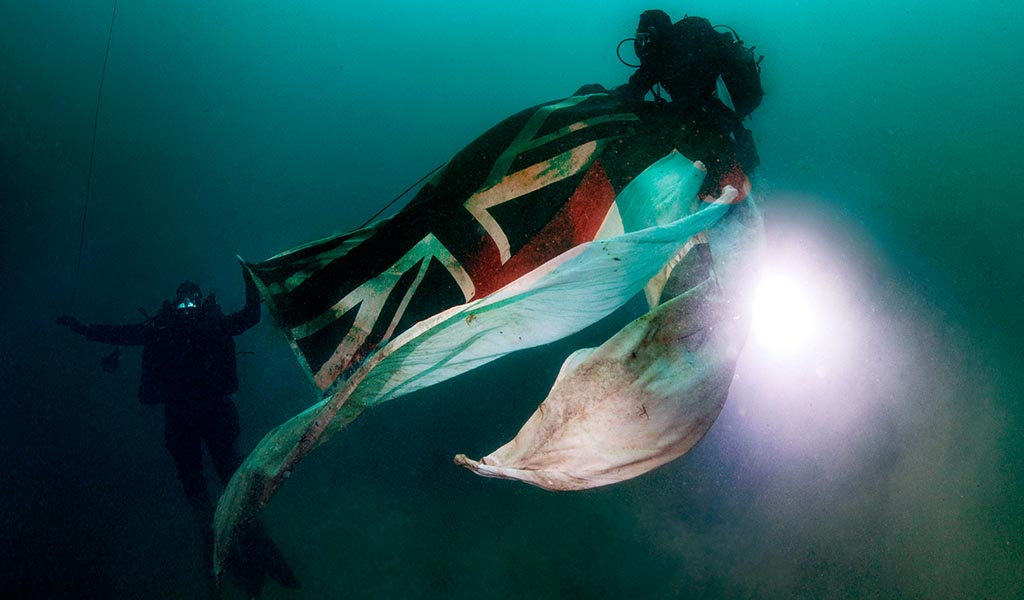
Designated an official war grave
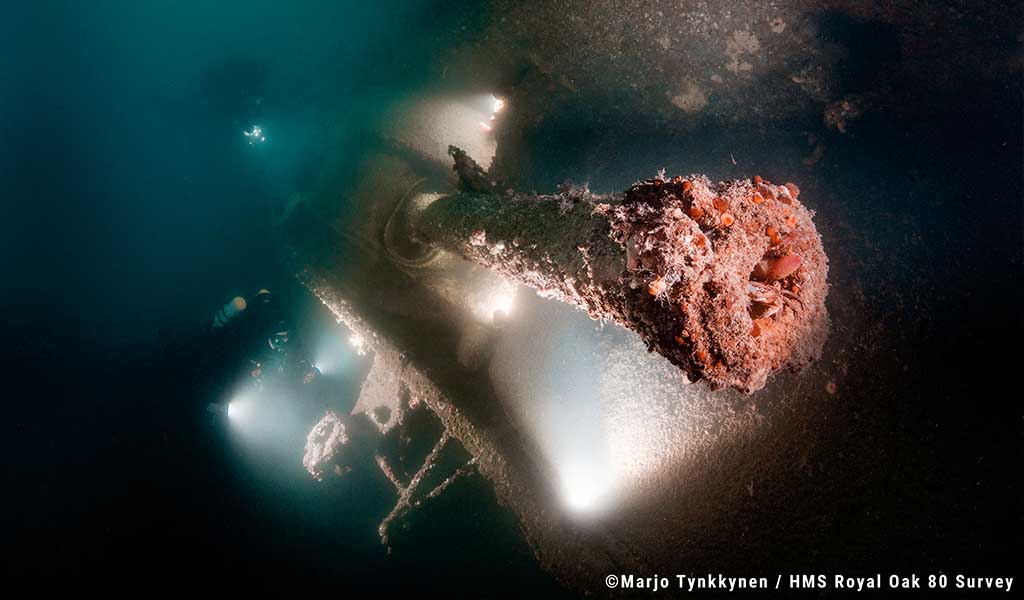
Granted permission to dive HMS Royal Oak 80 Wreck
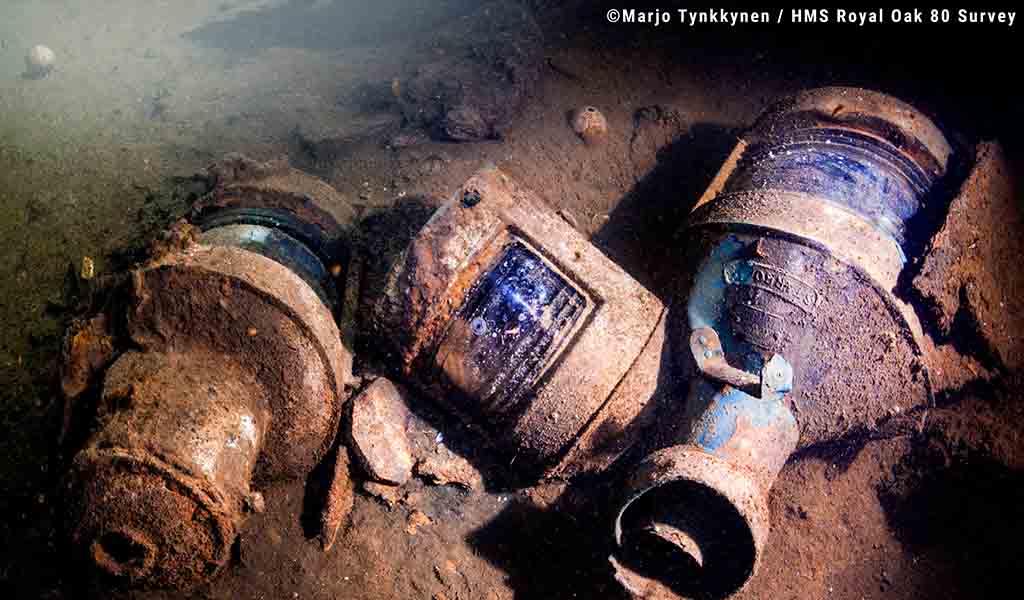
Using state-of-the-art underwater imagery techniques
Survey organiser and licence holder Emily Turton (BSAC Advanced Mixed Gas Rebreather Diver) said:
The wreck of HMS ROYAL OAK is the final resting place of 834 men and boys. As the most intact underwater dreadnought-era battleship, she has an architectural grandeur befitting of any national memorial. However, at the smaller end of the scale, artefacts pertaining to everyday life onboard are scattered around the site, bringing home the human story of those lost. The site is peaceful, yet vibrant and supports a thriving marine eco-system. It is both an honour and a privilege to get to know the site.
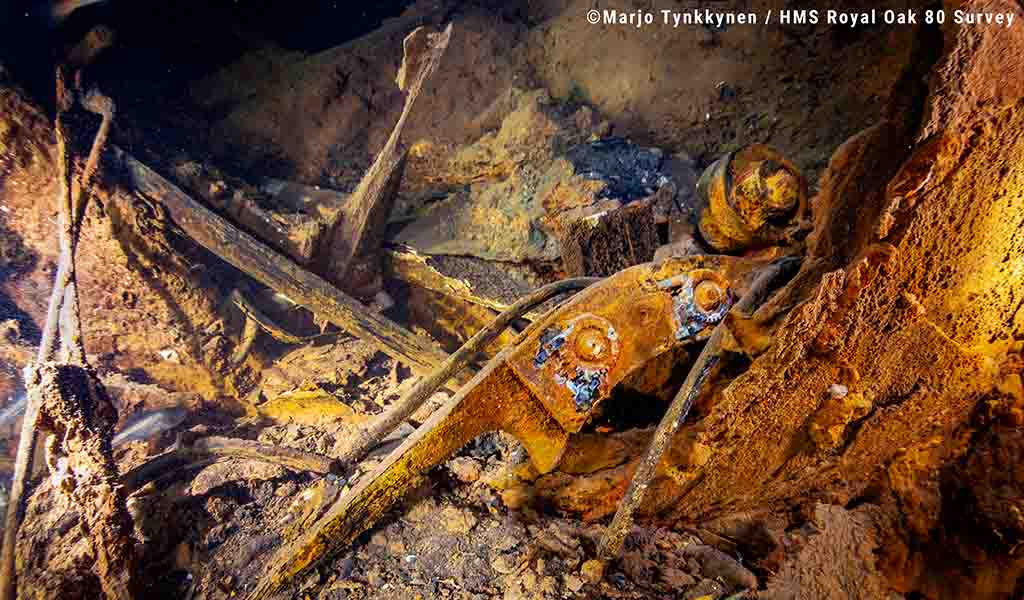
The survey will have great historical value
The HMS Royal Oak Association feels the survey to be of great historical value. Whilst the ship was lost almost 80 years ago and the last of the survivors passed away in December 2016, the Association comprises of many children of the men who were lost not to mention an increasing number of grandchildren, such as myself, and relatives of survivors.
There are few details of the ship in the public domain, despite the huge loss of life. We believe that the survey will not only be of significant interest to those with a direct connection to the ship but also act as an important means of ensuring that the history of the ship and the circumstances of its loss are available to future generations.
The timing of the survey and the presentation of the images to coincide with the 80th anniversary of the loss has particular resonance and is aligned to other activities that are being undertaken by and on behalf of the Association to raise the profile of the ship.
The Association recognises that the wreck of HMS Royal Oak is a war grave and acknowledges the respect that is shown by the people of Orkney not only to the site but also to the memory of the ship and her crew. We would, therefore, be reluctant to support any intervention in this hugely important location unless we had complete confidence in the benefits to be derived. In this case, given the experience of Ms Turton and her team and their collaboration with Royal Navy Northern Diving Group, we are pleased to support the survey and look forward hugely to the results.
Join BSAC and get involved in research expeditions and conservation projects - find your local BSAC club or join BSAC online today.
If you need help finding a club please email hello@bsac.com and we'll send you your three nearest scuba clubs. Or if you fancy a chat call us 0151 350 6226 (Mon - Fri, 9 - 5:30).




